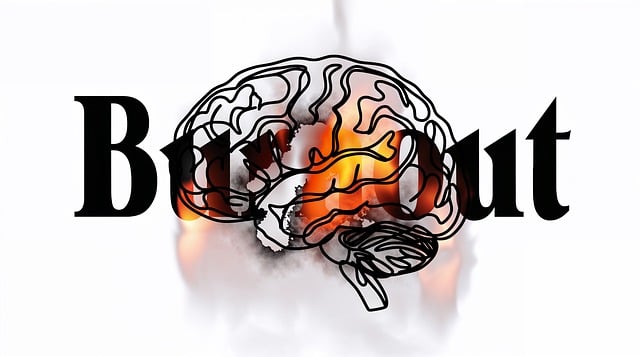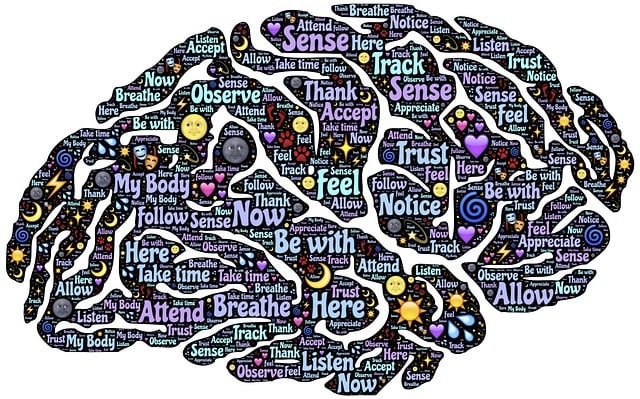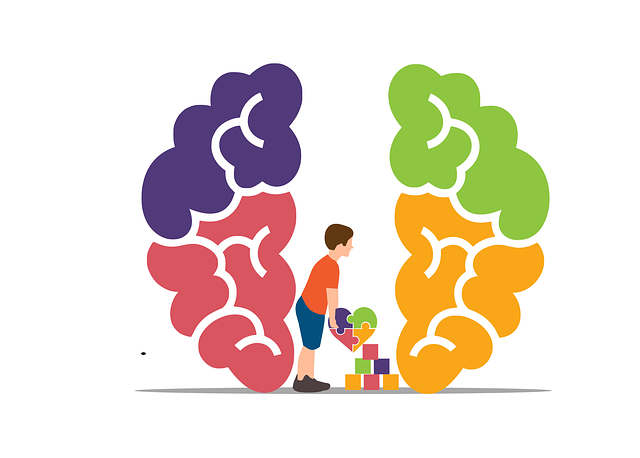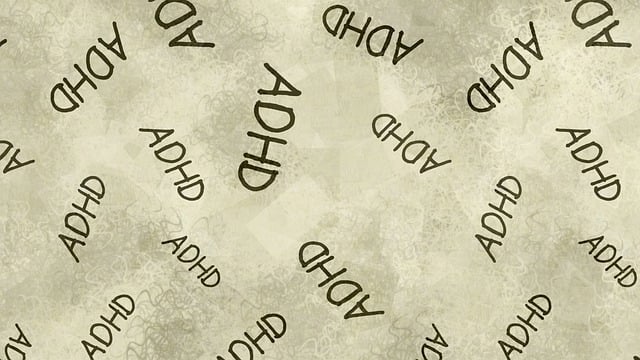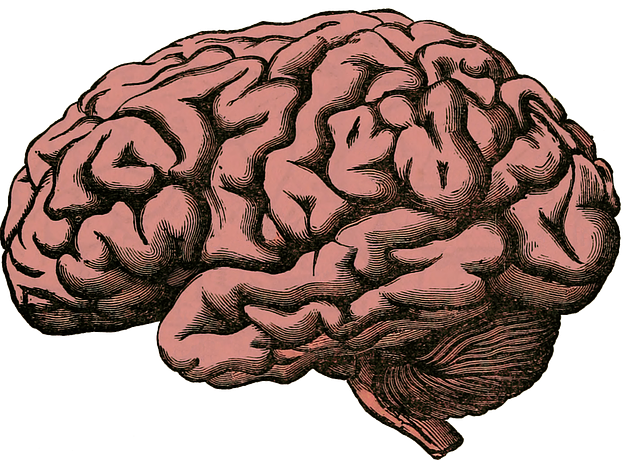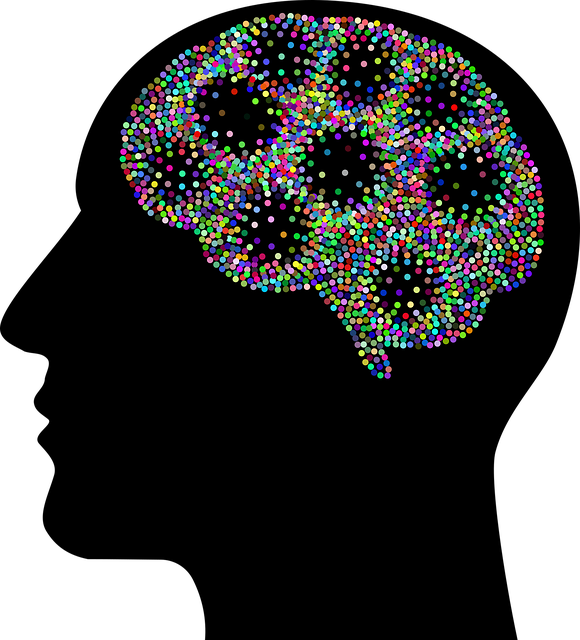Crisis Intervention Teams (CITs) are specialized groups providing immediate support during crises involving eating disorders in children. Comprising therapists, social workers, and nurses, CITs offer a coordinated approach focusing on de-escalation, stabilization, and treatment access. Through specialized training, they employ effective communication strategies and social skills to engage affected children. These teams promote self-care routines for better mental health, ensuring holistic care tailored to each child's unique needs. CIT training programs, combining technical skills with empathetic understanding, are vital in managing acute episodes, improving short-term outcomes, and laying the foundation for long-term recovery in therapy for children eating disorders.
Crisis Intervention Team (CIT) training programs are transforming support for children struggling with eating disorders. This comprehensive guide delves into the crucial role of CITs in early intervention and recovery. We explore how specialized training enhances their effectiveness, focusing on strategies tailored to youth eating disorders. From understanding CITs’ unique contribution to measuring success, this article provides insights into improving therapy outcomes for children affected by conditions like anorexia nervosa.
- Understanding Crisis Intervention Teams (CITs) and Their Role in Eating Disorder Support
- The Impact of CIT Training on Effective Intervention Strategies for Children with Eating Disorders
- Key Components of Successful CIT Training Programs Focused on Youth Eating Disorders
- Practical Applications: How CIT Members Can Assist Children and Families Affected by Anorexia Nervosa and Other Eating Disorders
- Evaluating the Effectiveness of CIT Training: Measuring Success in Therapy for Children with Eating Disorders
Understanding Crisis Intervention Teams (CITs) and Their Role in Eating Disorder Support

Crisis Intervention Teams (CITs) are specialized groups designed to provide immediate and effective support during a crisis, particularly in situations involving eating disorders among children. These teams comprise professionals from various disciplines, including therapists, social workers, and nurses, who are trained to recognize and respond to acute episodes of distress. CITs play a vital role in therapy for children with eating disorders by offering a coordinated and comprehensive approach to care.
The primary objective of these teams is to de-escalate high-risk situations, stabilize individuals, and facilitate access to appropriate treatment. Through specialized training, members learn effective communication strategies and social skills training to engage and support those struggling with eating disorders. Furthermore, CITs promote self-care routine development for better mental health, ensuring that children receive holistic care tailored to their unique needs. This collaborative intervention is a game-changer in managing severe cases of eating disorders, offering immediate relief and long-term support.
The Impact of CIT Training on Effective Intervention Strategies for Children with Eating Disorders

Crisis intervention team (CIT) training programs have significantly enhanced the effectiveness of interventions for children struggling with eating disorders. These specialized courses equip professionals with crucial skills in identifying and addressing acute episodes, a critical aspect of therapy for children with eating disorders. By providing comprehensive Crisis Intervention Guidance, CIT training ensures that caregivers and support staff are prepared to manage intense situations and provide immediate support, fostering a safe environment for vulnerable youth.
The programs focus on Mood Management and Emotional Regulation techniques tailored to the unique needs of individuals with eating disorders. Through role-playing scenarios and evidence-based practices, participants learn how to de-escalate crises, promote healthy coping strategies, and facilitate communication. This enhanced capability contributes to improved outcomes, allowing for more effective short-term interventions while also building the foundation for long-term recovery and better overall mental health for children affected by these disorders.
Key Components of Successful CIT Training Programs Focused on Youth Eating Disorders

Successful crisis intervention team (CIT) training programs for youth eating disorders are multifaceted, encompassing both technical skills and empathetic understanding. Core components include comprehensive education on various types of eating disorders, their underlying causes, and the unique challenges faced by young individuals battling these conditions. Participants learn effective communication strategies to build rapport with at-risk youth, fostering a safe and non-judgmental environment crucial for therapy for children eating disorders.
These programs also delve into evidence-based interventions tailored for adolescents, such as cognitive behavioral therapy (CBT) and family-based treatment models. Stress management workshops within CIT training equip team members with tools to support youth in coping with triggers and managing anxiety, a key aspect of Mental Health Policy Analysis and Advocacy. Engaging activities and role-playing scenarios enable practitioners to gain practical experience in handling crisis situations, while Mental Wellness Podcast Series Production can be leveraged to share best practices and continue education beyond the training program.
Practical Applications: How CIT Members Can Assist Children and Families Affected by Anorexia Nervosa and Other Eating Disorders

Children and families struggling with anorexia nervosa and other eating disorders often require specialized support, and Crisis Intervention Team (CIT) members are uniquely positioned to provide this. Trained CIT teams can offer immediate assistance during crises, but their role extends far beyond acute care. CIT members equipped with empathy-building strategies can foster a safe and non-judgmental environment, crucial for encouraging open communication. By utilizing these skills, they can help individuals and families navigate the complex emotional landscape associated with eating disorders.
Through active listening and trauma-support services, CIT teams contribute to stress management, a key aspect of therapy for children with eating disorders. Their presence can prevent escalation and promote recovery by providing timely interventions and connecting families with appropriate resources. This holistic approach ensures that those affected receive comprehensive support tailored to their unique needs, fostering hope and healing in the journey towards overcoming eating disorders.
Evaluating the Effectiveness of CIT Training: Measuring Success in Therapy for Children with Eating Disorders

Evaluating the effectiveness of Crisis Intervention Team (CIT) training is paramount when it comes to treating children with eating disorders. Success in therapy can be measured through several key indicators, such as improved symptoms of anxiety relief and enhanced self-awareness exercises. By focusing on these aspects, CIT programs can ensure that interventions are tailored to meet the unique needs of each child.
Effective CIT training empowers team members to build empathy and understanding towards young individuals grappling with eating disorders. This involves recognizing triggers, validating emotions, and employing strategies specifically designed to foster a supportive environment. As anxiety is often a core component of these disorders, CIT members learn techniques to help children manage and overcome their fears, thereby promoting healthier coping mechanisms. Regular assessments during and after training can gauge the impact of these interventions on the child’s overall well-being.
Crisis intervention team (CIT) training programs play a pivotal role in equipping professionals and volunteers with the skills needed to support children struggling with eating disorders. By focusing on evidence-based strategies, these programs enhance the effectiveness of CITs in providing timely and appropriate interventions. Through practical applications and ongoing evaluation, we can ensure that therapy for children with eating disorders is optimized, fostering better outcomes and a brighter future for those affected by conditions like anorexia nervosa.
